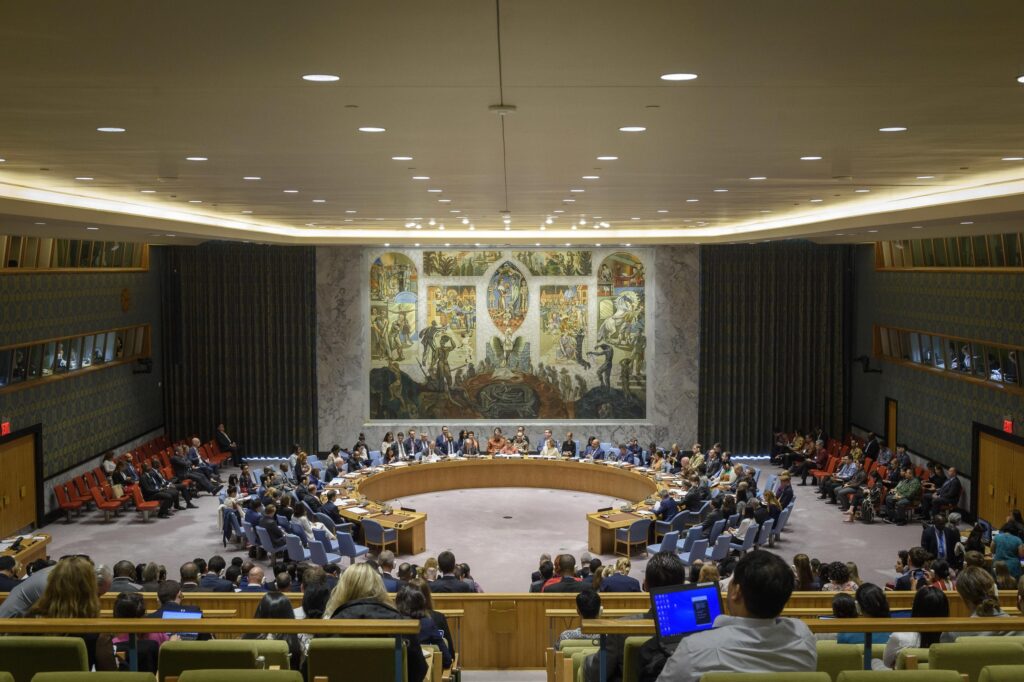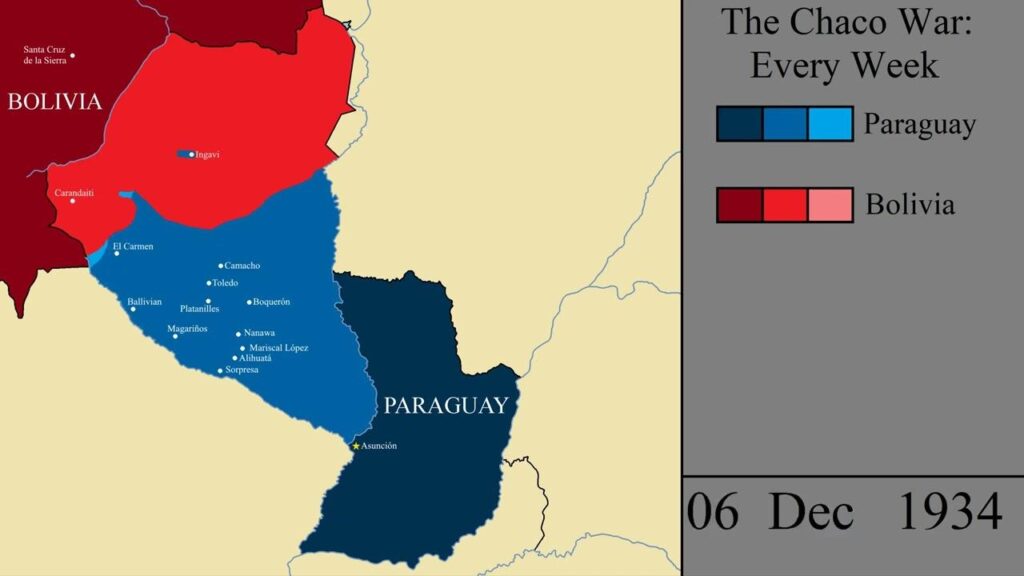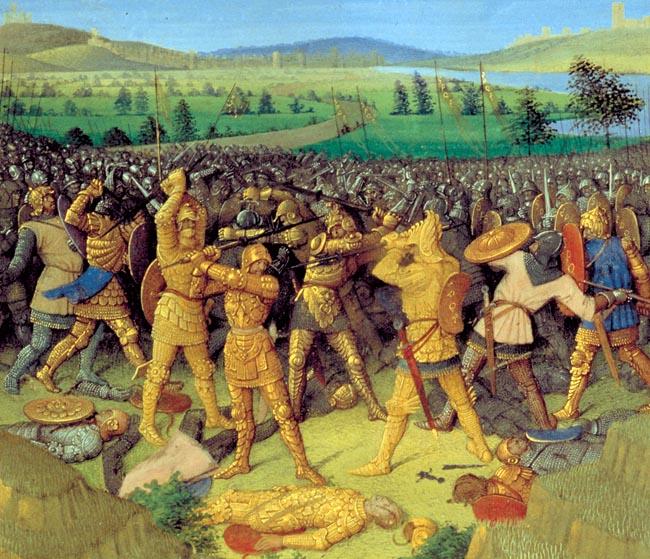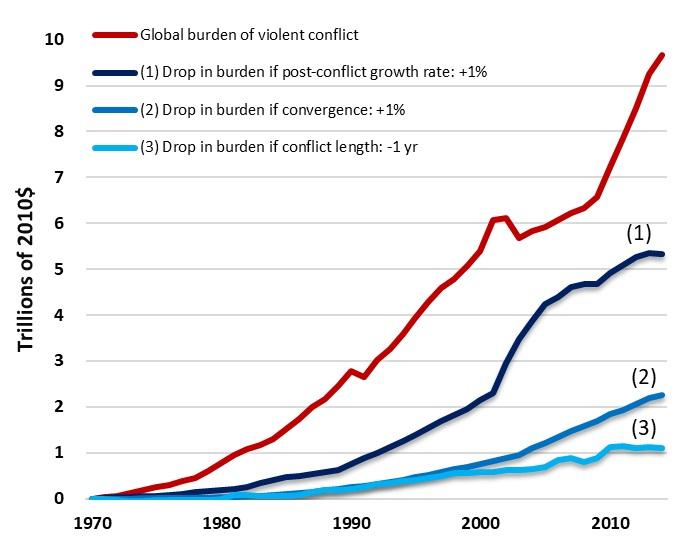The Sino-Vietnamese War of 1979 remains a pivotal yet often overlooked chapter in modern Asian history. Sparked by a complex web of political tensions and ideological disputes, the brief but intense conflict between China and Vietnam had far-reaching consequences for both nations and the broader region. In this article, we’ll explore the root causes of the war, trace the key events of the conflict itself, and examine the lasting legacy that continues to shape Sino-Vietnamese relations today. Whether you’re a history enthusiast or simply curious about this significant episode, read on to gain a clearer understanding of one of Asia’s most compelling post-war confrontations.
Table of Contents
- Background and Root Causes of the Sino-Vietnamese War
- Key Battles and Strategic Military Movements During the Conflict
- Political and Economic Impact on China and Vietnam Post-War
- Lessons Learned and Policy Recommendations for Modern Geopolitical Stability
- In Retrospect
Background and Root Causes of the Sino-Vietnamese War
Understanding the origins of the 1979 Sino-Vietnamese conflict requires a deep dive into the complex political and historical ties between these two neighboring countries. At the heart of the tension was Vietnam’s invasion of Cambodia in late 1978 to topple the Khmer Rouge regime, which was supported by China. This intervention not only challenged China’s strategic interests but also threatened its regional influence, setting the stage for a military response. Additionally, ideological differences compounded by border disputes created a volatile atmosphere. The long, historically contested border between China and Vietnam had never been fully demarcated, leading to frequent skirmishes and deep mistrust on both sides.
Several root causes fueled the escalation of hostilities:
- Geopolitical Rivalry: China’s aim to maintain its dominance in Southeast Asia clashed with Vietnam’s expanding influence after the fall of the Khmer Rouge.
- Historical Border Disputes: Ambiguities in territorial claims along the Sino-Vietnamese border created repeated flashpoints for conflict.
- Cold War Context: The broader East-West struggle played out through regional proxies, intensifying alliances and antagonisms.
- Ethnic and Nationalistic Sentiments: Centuries-old animosities and a strong sense of sovereignty fueled nationalist fervor on both sides.
Key Battles and Strategic Military Movements During the Conflict
The conflict saw several pivotal engagements, each underscoring the complexity of terrain and the resilience of both forces. The Battle of Lạng Sơn remains one of the most significant clashes where Chinese troops advanced with overwhelming numbers but faced fierce Vietnamese resistance. This battle highlighted the strategic value of controlling key border towns and supply routes, with Vietnam employing guerrilla tactics combined with conventional defenses. Another critical episode was the fierce fighting around Cao Bằng, which showcased the importance of securing the highlands and disrupting enemy communications.
Strategically, both sides utilized distinct approaches shaping the conflict’s progression. China executed a broad multi-pronged invasion, focusing on rapid territorial gains to apply pressure on multiple fronts simultaneously. Vietnam, on the other hand, capitalized on deep knowledge of local geography and mobilized swift counterattacks. The Vietnamese forces’ ability to conduct ambushes, sabotage supply lines, and withdraw into difficult terrain frustrated the Chinese advance. This dynamic interplay of offensive and defensive maneuvers not only defined the war’s military course but also demonstrated the interplay between conventional warfare and asymmetric tactics.
- Use of guerrilla warfare: Vietnamese forces leveraged mobility and local support to offset China’s numerical superiority.
- Strategic border control: Both sides focused on key passes and towns to regulate movement and supply chains.
- Multi-front Chinese offensives: Aimed to overwhelm Vietnamese defenses but stretched logistics thin.
- Vietnamese counterattacks: Swift, targeted strikes that destabilized Chinese advances.
Political and Economic Impact on China and Vietnam Post-War
In the aftermath of the conflict, both China and Vietnam faced profound shifts in their political landscapes. For China, the war marked a reassertion of its regional dominance but also exposed weaknesses in its military strategy and international standing. Domestically, the conflict spurred increased nationalism and reinforced the Communist Party’s control by rallying public support against an external adversary. Vietnam, on the other hand, emerged with a heightened sense of sovereignty and resilience, consolidating the Communist government’s grip on power. The war also intensified border tensions and suspicions, leading to prolonged military standoffs and impacting diplomatic relations across Southeast Asia.
Economically, the post-war period was equally transformative for both nations. China faced mounting costs associated with military mobilization and border security, which temporarily slowed economic reforms and opening-up policies. Vietnam’s economy, already strained by years of conflict and international sanctions, grappled with reconstruction and resource allocation challenges. Yet, the war’s outcome indirectly catalyzed economic recalibrations, including:
- China’s cautious approach to economic modernization, balancing defense spending with gradual market reforms.
- Vietnam’s pivot towards regional cooperation and gradual reform to rebuild and diversify its economy.
- A shift in trade patterns, as both countries sought new partnerships in response to evolving geopolitical dynamics.
These shifts laid the groundwork for the significant economic transformations both nations would experience in the subsequent decades.
Lessons Learned and Policy Recommendations for Modern Geopolitical Stability
Reflecting on the Sino-Vietnamese War reveals critical insights into the complexities of regional power struggles and the consequences of aggressive foreign policies. One key lesson is the necessity of diplomatic foresight combined with robust conflict prevention mechanisms. The war exemplified how misunderstandings, hardened nationalistic sentiments, and unresolved historical grievances can quickly escalate into military confrontations, destabilizing entire regions. For modern policymakers, prioritizing open dialogues and establishing reliable communication channels are essential steps to avoid similar flare-ups. The Sino-Vietnamese conflict underscores how unilateral military actions without broader international consensus often amplify tensions rather than resolving disputes.
Policy frameworks aimed at contemporary geopolitical stability would greatly benefit from embracing multilateral cooperation and mutual respect of sovereignty. Recommendations include:
- Enhanced regional security architectures: Creating platforms where disputes can be addressed transparently and peacefully.
- Investing in conflict early-warning systems: To identify and de-escalate emerging threats before they manifest in violence.
- Promoting inclusive economic partnerships: Economic interdependence often acts as a strong deterrent against military conflicts.
- Supporting cultural and historical reconciliation initiatives: Healing long-standing wounds through education and dialogue reduces the risk of retributive policies.
Ultimately, this historical episode stresses that lasting peace requires not only strategic strength but also wisdom, patience, and a commitment to cooperative problem-solving in the international arena.
In Retrospect
In exploring the Sino-Vietnamese War, we uncover a complex chapter marked by deep-seated historical tensions, geopolitical maneuvering, and lasting repercussions for both nations and the region. Understanding the causes and unfolding of this brief but intense conflict offers valuable insights into the intricacies of Cold War dynamics in Southeast Asia. Moreover, the war’s legacy continues to shape diplomatic relations and national identities today. As we reflect on this pivotal moment, it reminds us how past conflicts often cast long shadows, underscoring the importance of dialogue and reconciliation in building a more stable future.












